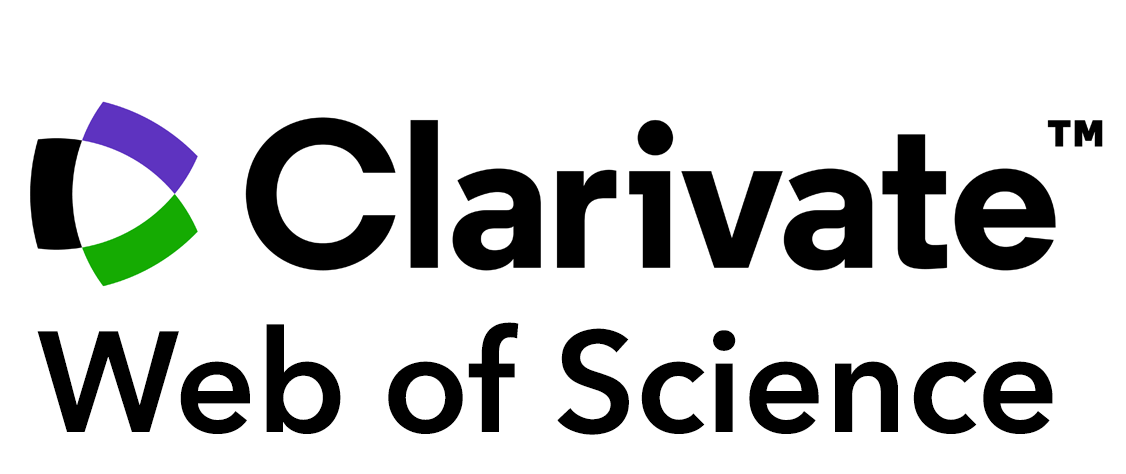Empowering Sustainable and Quality Education via 3D Printing
A Case Study of Kindergarten Environment Creation
DOI:
https://doi.org/10.62177/amit.v1i5.563Keywords:
3D Printing, Sustainable Development, Environmental Creation in KindergartensAbstract
This study explores the application of 3D printing technology in preschool curricula with a focus on the Dragon Boat Festival, examining its potential in cultural transmission, cost-effectiveness, and Education for Sustainable Development (ESD). Twenty preschool teachers participated as research subjects. Data were collected through written responses and semi-structured interviews, and based on their feedback, three age-appropriate 3D-printed teaching aids were designed: Zongzi Stamps/Dragon Boat Drawing for younger children, Assembly Dragon Boat for inner groups, and Handmade Small Boat for older groups. Cost analysis revealed that the printing time for each item ranged from 1.5 to 1.7 hours, with material costs below 1 RMB, demonstrating both affordability and feasibility for classroom implementation. Further analysis suggested that the use of recyclable or biodegradable materials could reduce environmental impact while fostering children's awareness of ecological responsibility, thus aligning with the core principles of ESD. Moreover, the study revealed that teachers did not need advanced 3D modeling skills; instead, they could rely on pre-set template selection mechanisms based on teaching themes and difficulty levels. This lowered the technological barrier, enabling teachers to pay greater attention on integrating the printed products into interactive learning activities. Overall, the findings indicate that 3D printing, when combined with artistic education and sustainability principles, not only enhances preschoolers' engagement and promotes their hands-on skills, environmental awareness, and cooperative learning abilities but also provides a practical model for innovation in early childhood education.
Downloads
References
Sylva, K., Melhuish, E., Sammons, P., Siraj-Blatchford, I., & Taggart, B. (Eds)(2010). Early childhood matters: Evidence from the effective pre-school and primary education project. Routledge.
Trust T. & Maloy R. W. Why 3D Print? The 21st -Century Skills Students Develop While Engaging in 3D Printing Projects. Computers in the Schools, 2017, 34(4): 253-266.
OECD. 3D printing and its environmental implications. The Next Production Revolution: Implications for Governments and Business. OECD, 2017: 171-213.
Ford S. & Minshall T. Invited review article: Where and how 3D printing is used in teaching and education. Additive Manufacturing, 2019, 25: 131-150.
Gershenfeld, N. How to Make Almost Anything: The Digital Fabrication Revolution. Foreign Affairs, 2012, 91(6): 43-57.
Gebler M, Schoot Uiterkamp A. J. M. & Visser C. A global sustainability perspective on 3D printing technologies. Energy Policy, 2014, 74: 158-167.
Khosravani M. R. & Reinicke T. On the environmental impacts of 3D printing technology. Applied Materials Today, 2020, 20: 1-11.
Shuaib M, Haleem A, Kumar S. & Mohd J. Impact of 3D Printing on the environment: A literature-based study. Sustainable Operations and Computers, 2021, 2: 57-63.
Baumers M, Dickens P, Tuck C, Hague, R. The cost of additive manufacturing: machine productivity, economies of scale and technology-push. Technological Forecasting and Social Change, 2016, 102: 193-201.
Downloads
Issue
Section
License
Copyright (c) 2025 Hung-Chi Yang, Mengfei Wang, Jingtao Li

This work is licensed under a Creative Commons Attribution-NonCommercial 4.0 International License.
DATE
Accepted: 2025-09-08
Published: 2025-09-19

















